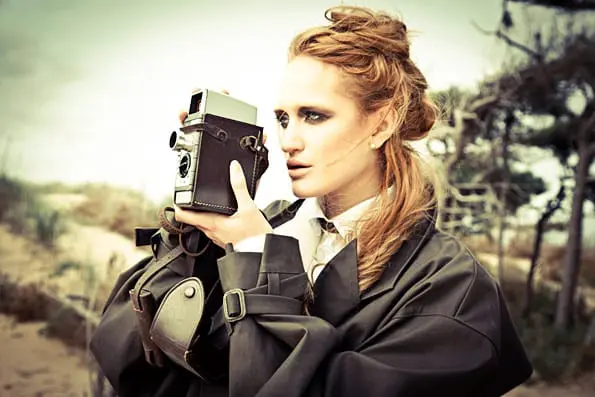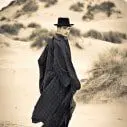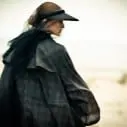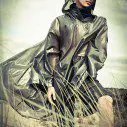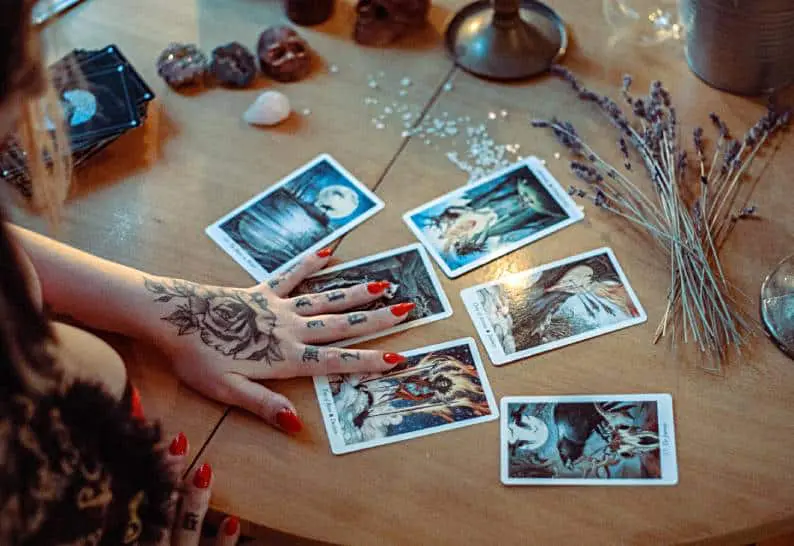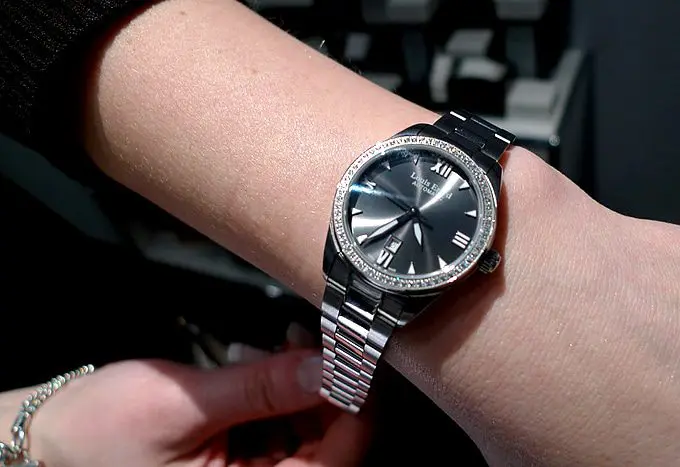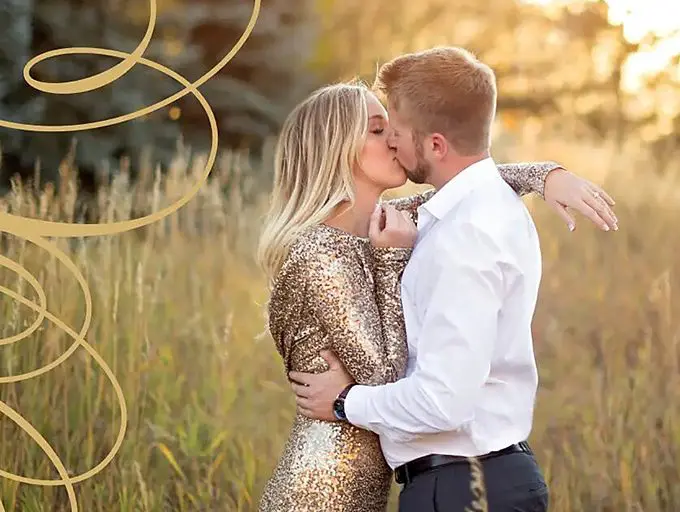We do like it when we come across a new designer or artist whose work shines out to us with its own unique glow.
These pieces by Dawn Farquharson pull off that neat trick of looking almost vintage but at the same time are very much looking towards the future.
They confound traditional and outdates concepts of male and female and allow people of whatever gender to express themselves through each item. This is of course helped by the atmospheric photography of Sarah Jones who really help to bring out the spirit of Dawn’s designs. The combination of designer and photography makes for a dramatic and intriguing set of images.
Dawn Farquharson in her own words:
“My overall design concept is to design garments that combine, transpose and confuse conventional male and female attributes, creating an androgynous aesthetic that liberates clothing from its traditional gendered structures, rendering them almost indistinguishable of sex.
The collection within the images is an example of this design ethos, it was originally named in-ter-sec-tions (a place where two or more roads meet) and was designed to be individually beautiful pieces that could be admired and adorned by either gender.
I took inspiration for the collection from the works of Giorgio Armani in the 70’s and 80’s and the emergence of subtle differences between menswear and womenswear which he provoked. It focused on the softening of menswear freeing them from their restrictive uniforms and applying this new comfort and ease to womenswear.
The collection itself was intended to reflect the idea of design with purpose which is why it has a keen focus on outerwear, it was designed to be as much admirable as it was practical. It includes a range of technical fabrics including coated cottons and waterproof fabrics, mixed with luxurious softer fabrics including wools, seersucker and woven fabrics all of which were sourced in Paris. The balance of the two ensured the collection played with traditional signifiers of gender down to the fabric and both undermined and capitalised on their traditional cultural meanings through the uses of colour and the different combinations.”
Photography by Sarah Jones

